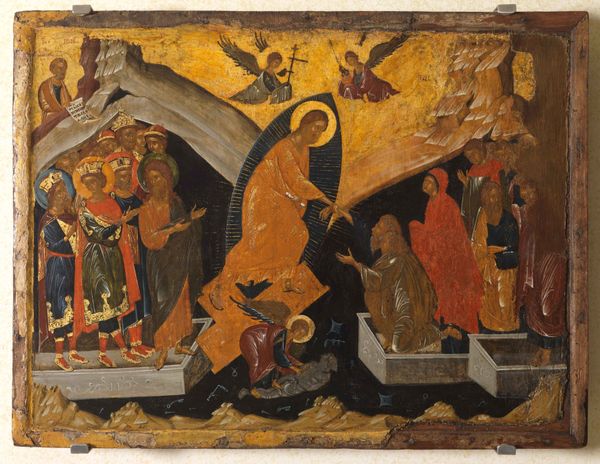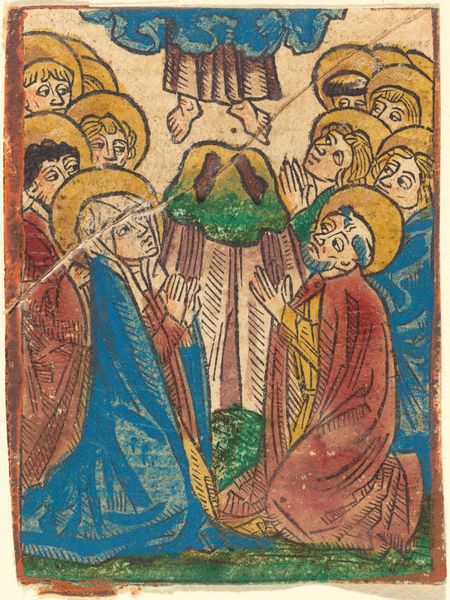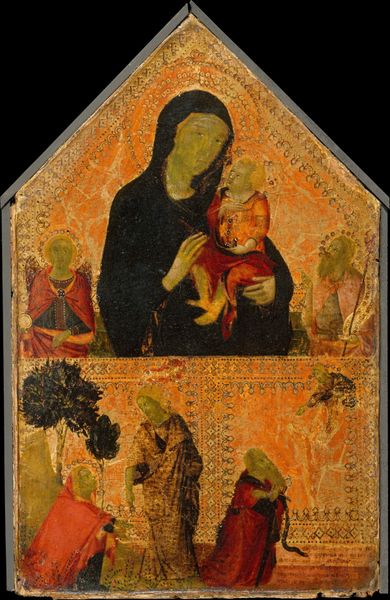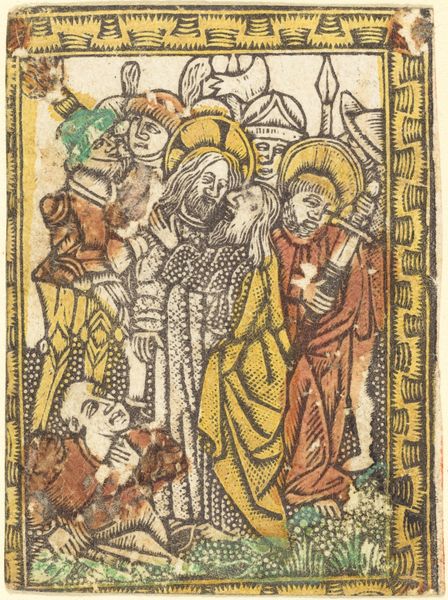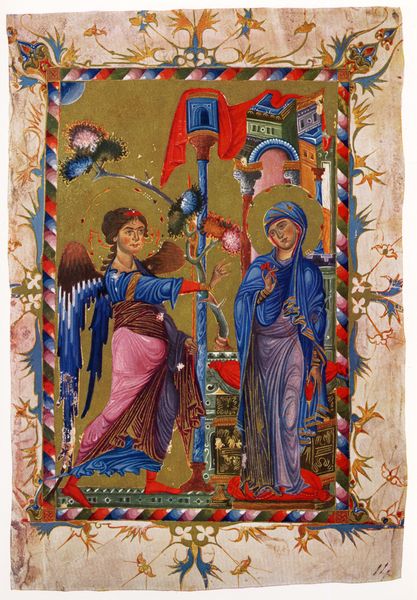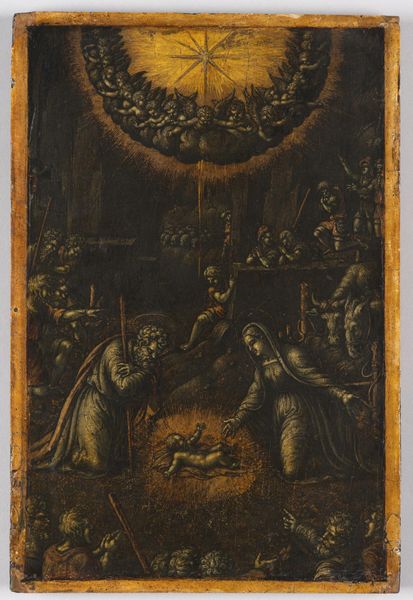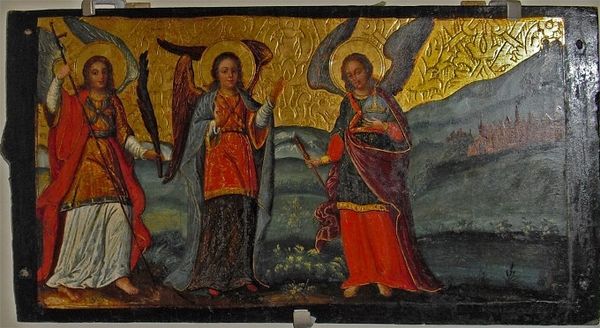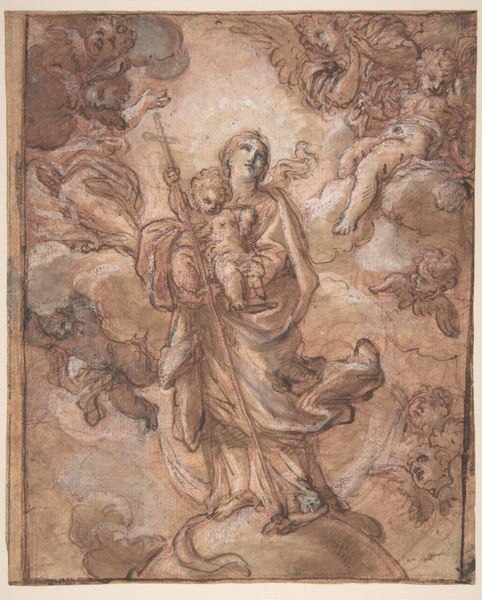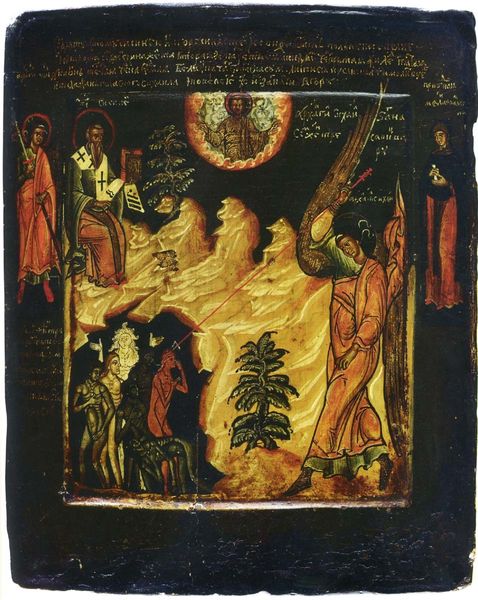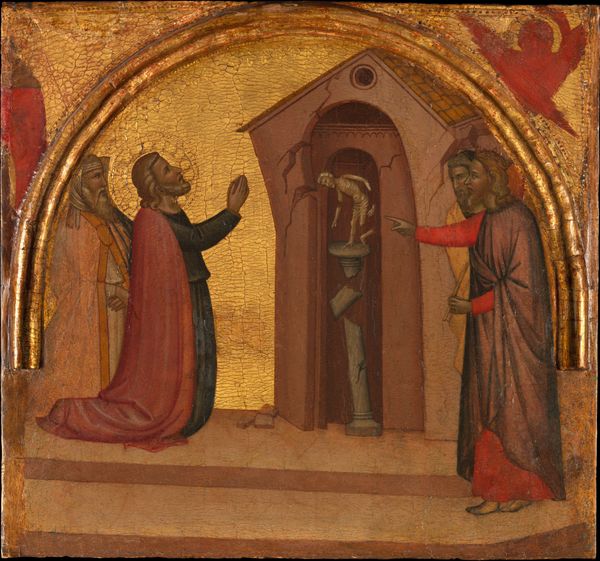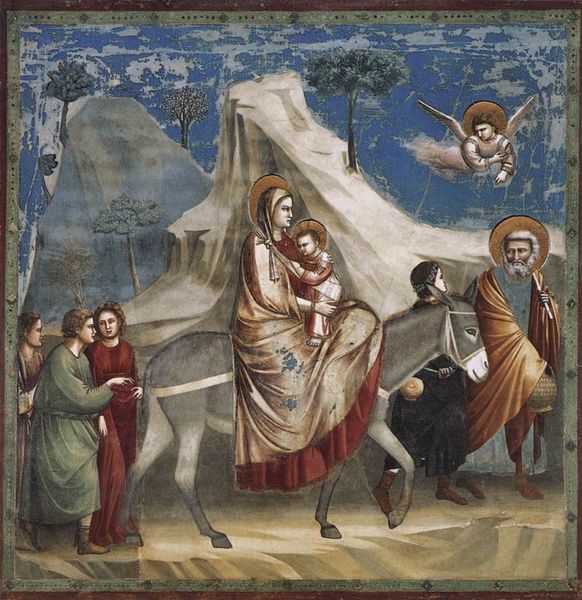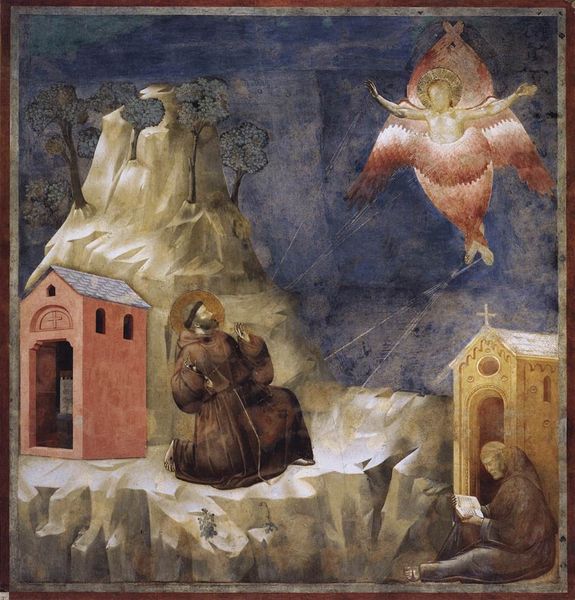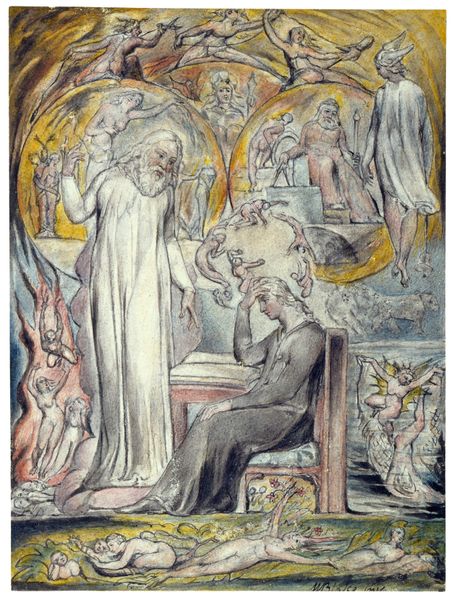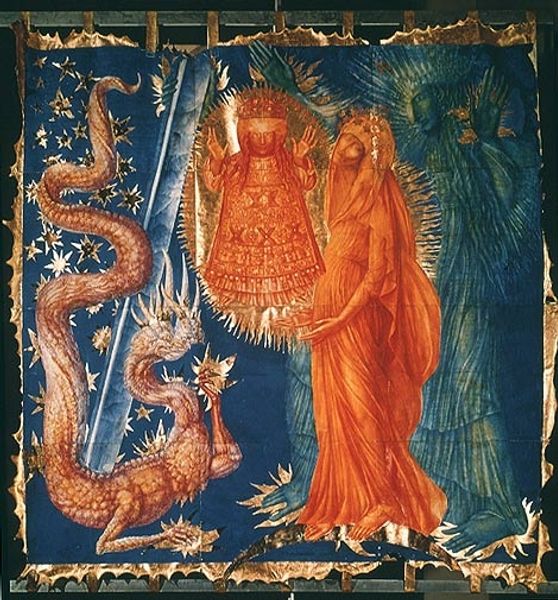
#
portrait
# print
#
naive art
#
genre-painting
#
portrait art
Copyright: National Gallery of Art: CC0 1.0
Curator: Benton Spruance's 1953 print, "Saint Francis - The Piazza," presents a compelling image. The blend of religious iconography with, seemingly, the iconic Piazza San Marco in Venice certainly commands attention. What are your initial impressions? Editor: The colors struck me first – the earthy browns and greens juxtaposed with that glowing, almost otherworldly orb in the upper left. There's a strong contrast in texture too. The rough hatching that suggests the buildings clashes a little bit with the figures’ smoother forms. Curator: It is striking. The materials and printing process employed clearly contribute to the overall mood. As a print, it democratizes access, making religious imagery available beyond the traditional wealthy patronage. Consider how that impacts its reception. Editor: Interesting point! Thinking about the imagery, the halo and the birds immediately signal St. Francis, evoking his humility, connection to nature, that familiar narrative. But it is also set in an urban space. Is this contrast intended to highlight Francis's teachings within worldly corruption? The birds may reference a tale that even the birds listened to St. Francis sermons... Curator: Precisely! Spruance has set Francis within the commercial and political heart of Venice, St. Mark's Square, surrounded by laborers, maybe wealthy tourists or merchants? I think it presents a fascinating commentary. Are those pigeons specifically local breeds? To understand labor, who collected material? What specific paper? And how the local print makers produced art. It really is all interwoven... Editor: Right! And the pigeons are, of course, linked to that very piazza. These images really highlight those intersections between sacred and profane space...that very specific historical Venetian narrative... And is that Saint Anthony there at Francis’ side? What does it reveal about artistic training or historical precedent? I guess a psychological analysis will explain how all these signifiers act together, forming a single meaning unit in the image. Curator: I see your point. Spruance seems less invested in purely replicating established religious symbolism and more interested in re-contextualizing these narratives to invite critical social engagement, through careful design choices and production methods, of course. It certainly offers a complex and thought-provoking meditation. Editor: Absolutely! The way those established symbols, along with historical setting of Venice interact gives so much space to ponder historical events through imagery, through semiotic structure of this image. Thank you for that clarification of intent. Curator: Thank you!
Comments
No comments
Be the first to comment and join the conversation on the ultimate creative platform.
